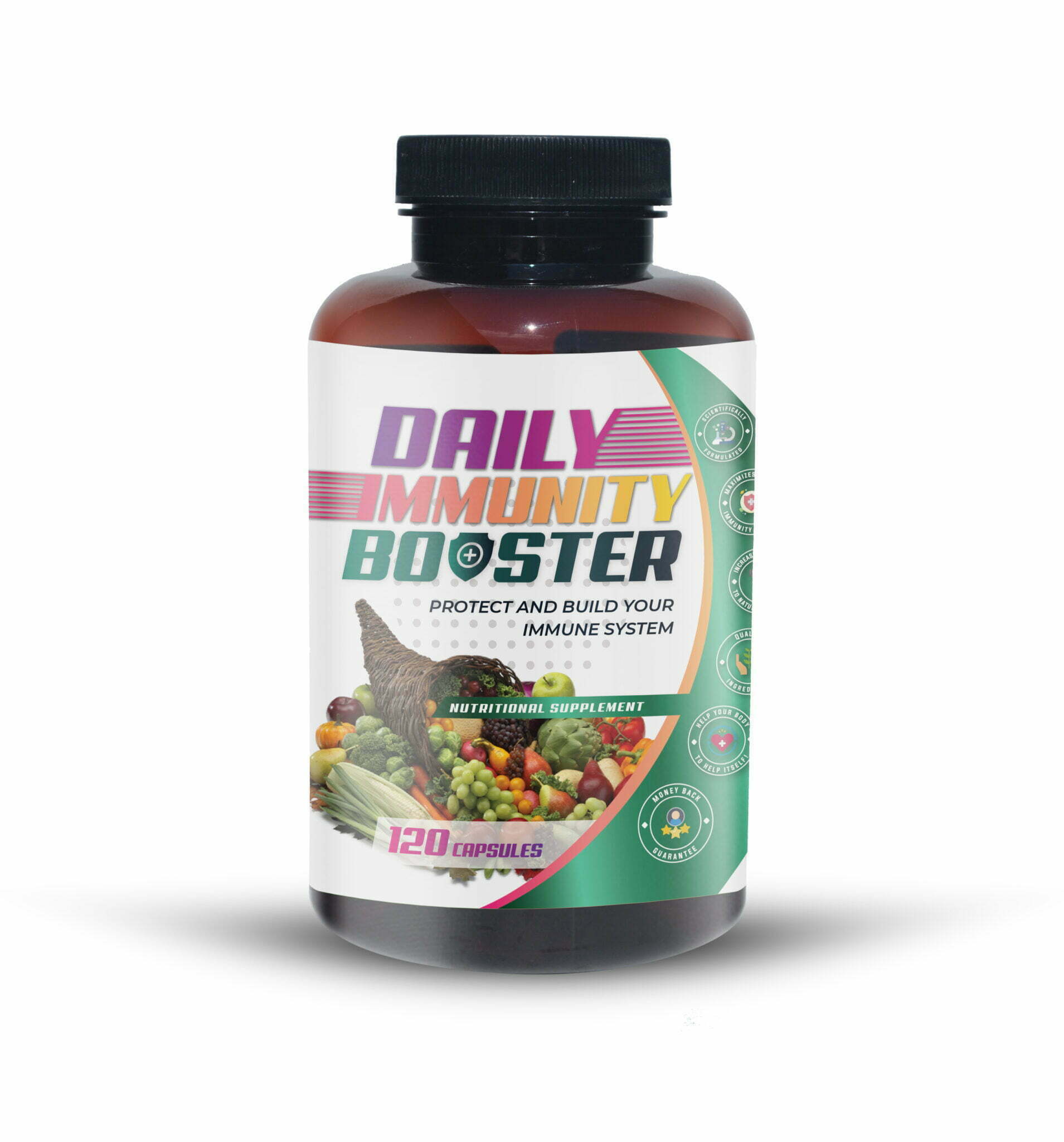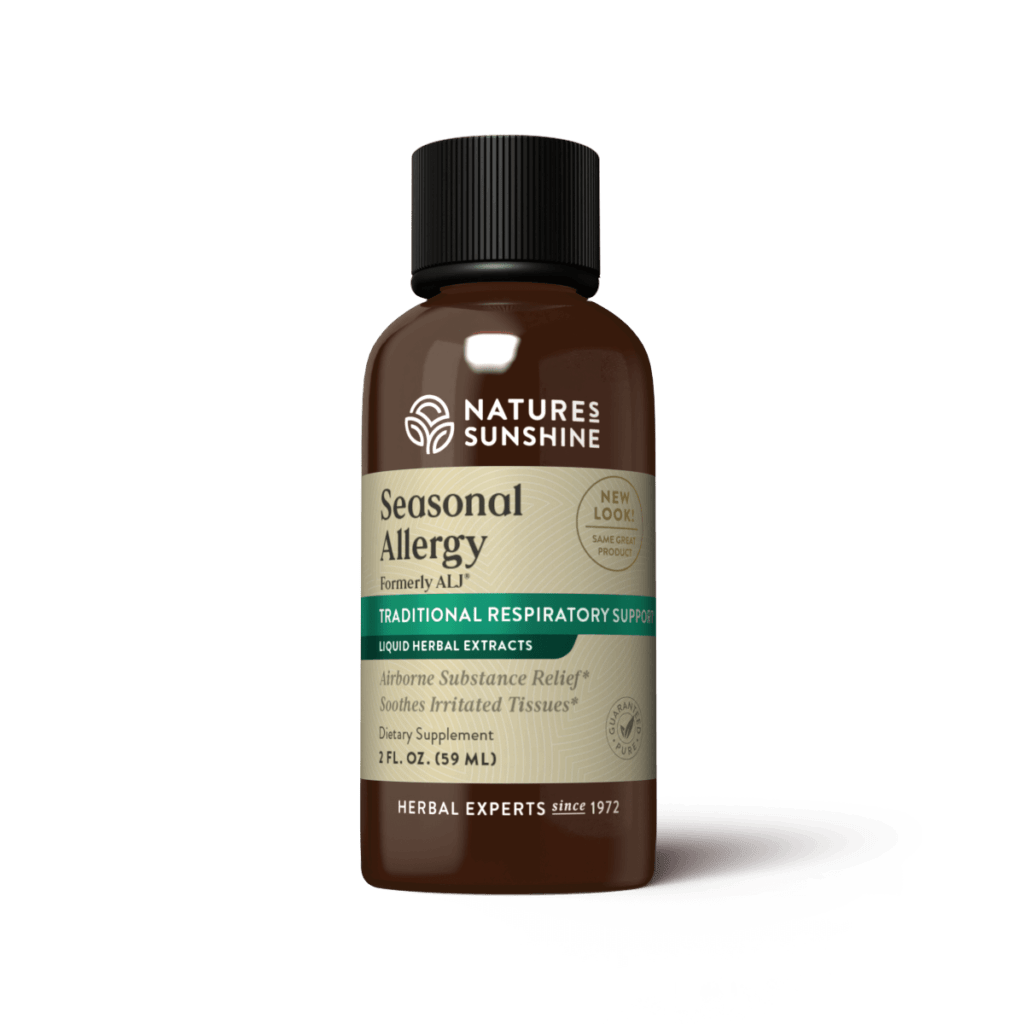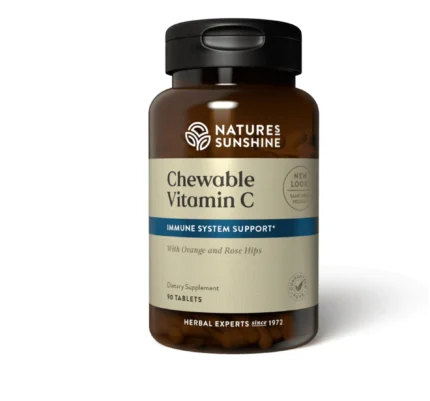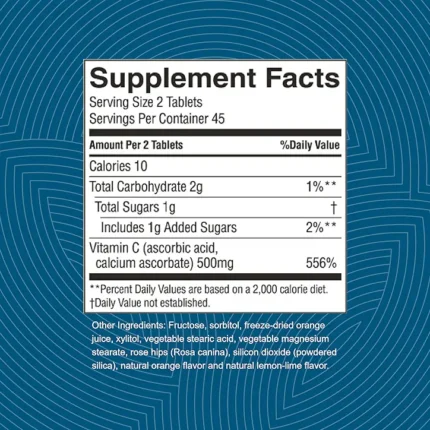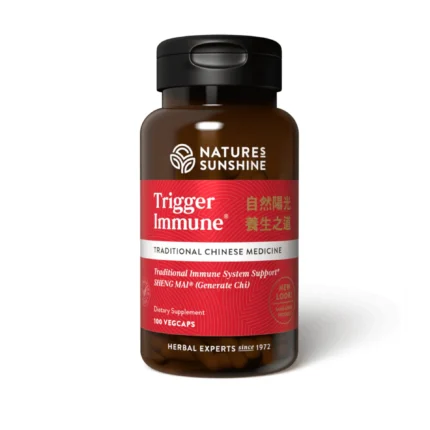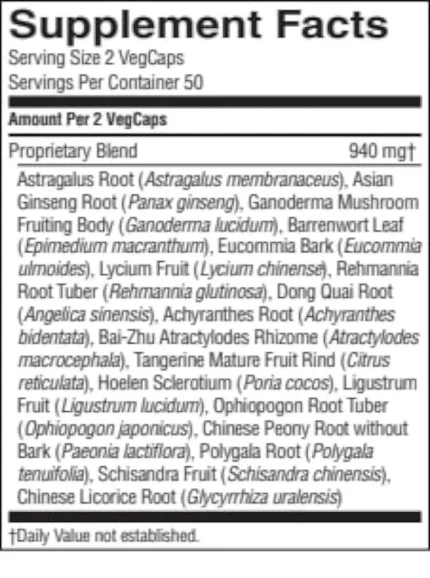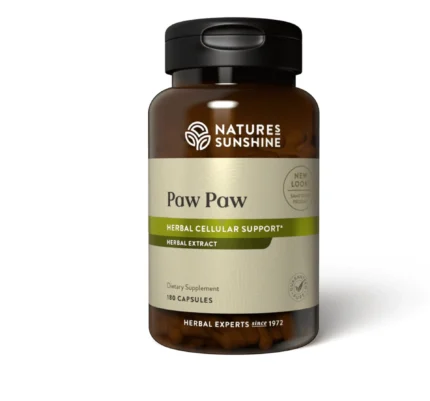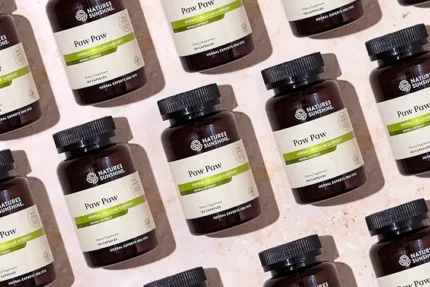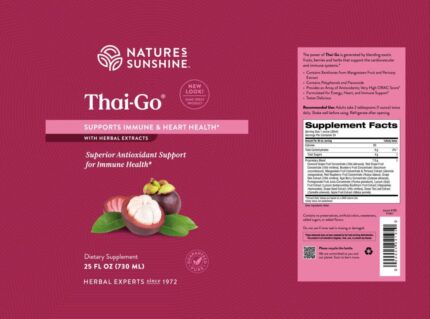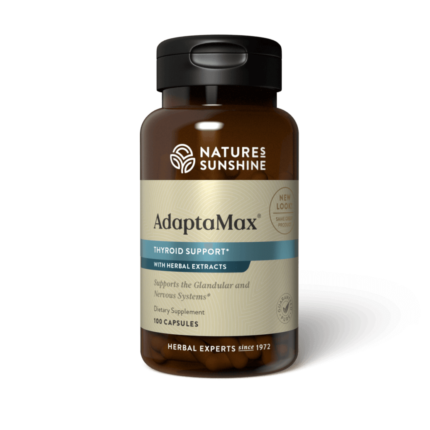Pawpaw Other NSP Herbs for Cancer
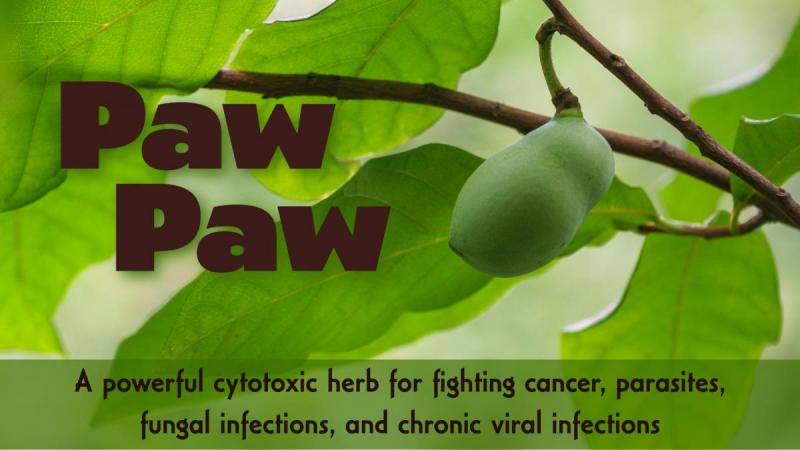
Herbs for cancer, such as the pawpaw tree (Asimina triloba), native to the eastern United States and Canada, stand out in the Annonaceae family. This family, housing medicinal plants like cherimoya, graviola (sweetsop), and ylang-ylang, thrives in warm or tropical climates, with no other representatives in temperate zones.
Even while paw paw trees can provide fruit that can be eaten, our focus is on the medicinal benefits of this plant. Paw paw includes chemicals known as annonaceous acetogens, which are also found in many other members of the Annonacea family. About fifty different types of these long-chain fatty acids can be found in paw paw. They are also present, albeit at a lower concentration, in graviola.
After only 35 days of ingesting paw paw extract, the white cell count and lymphocytes recovered to normal ranges in a patient with non-Hodgkins lymphoma who had undergone three rounds of chemotherapy in six and a half years.
Acetogenins extract users with cancer have reportedly reported feeling more energized. Because paw paw herbs for cancer reduces cancer cell metabolism, healthy cells are spared the stress of competing with malignant ones for fuel.
Paw Paw and Other Herbs for cancer
Dr. Jerry McLaughlin spent years studying these chemicals and found that they are potent cytotoxic agents. They do what they’re supposed to do by inhibiting cellular ATP generation.
This not only aids in the death of cancer cells, but it also hinders the rapid growth of cancer cells by reducing the formation of new blood vessels within or around tumors and by slowing the replication of DNA and RNA. It’s also useful for reviving the efficacy of chemo medicines that have developed resistance. It prevents cancer cells from rejecting chemotherapy treatments by shutting off ATP-activated metabolic pumps. There is no weight loss associated with these acetogenins, although they are 300 times more powerful than Taxol.
Over a hundred publications were written by McLaughlin’s team about these paw paw compounds. Journal of Natural Products articles Paw Paw and herbs for cancer: Annonaceous Acetogenins from Discovery to Commercial Products and Annonaceous Acetogens: Recent Progress provide summaries of this study.
Using a Paw Paw Standardized Extract
Dr. McLaughlin discovered that the concentration of these acetogenins varies greatly across the plant and across the year. The twigs, the unripe fruit, and the ripe seeds contain the largest concentrations of these chemicals in the spring. In this case, a standardized extract is preferred over an unstandardized one due to the wide range of acetogenin concentrations. There are 17 mg of acetogenins in just two capsules of the extract.
Starting with four capsules per day is recommended, and if that dose is well taken, another two capsules can be added every three to four days, all the way up to roughly 20 to 24 capsules per day. Reduce your dosage if you suffer nausea or exhaustion. Co-administration at lower doses (two to six capsules) has been shown to improve the efficacy of chemotherapy.
Paw Paw Extract Safety
Most chemotherapy medications are dangerous, but paw paw is extremely safe. Earlier studies found that paw paw extract was continuously thrown up before it could cause major harm to healthy cells. In a toxicological investigation with dogs, researchers were unable to administer lethal doses. The dogs would just throw up first.
Radiation and chemotherapy are two common herbs for cancer, but they have the unfortunate side effect of killing off good cells along with the cancerous ones. This is because they have an especially negative effect on quickly dividing cells, such as the intestinal lining cells, hair follicles, and white blood cells.
So, it’s reasonable to wonder if acetogenins’ ability to halt ATP generation has any effect on healthy cells. Although normal cell function is slowed, cancer cell function is inhibited even more by the chemicals because cancer cells have a metabolism up to 17 times faster than normal cells. Preprogrammed cell death, or apoptosis, is used to eliminate the aberrant cancer cells. The acetogenins in paw paw, according to the research, are more gentler on healthy cells than conventional chemotherapy.
Therapeutic Results with Paw Paw Extract
One hundred thirty cancer patients were given this herbs for cancer paw paw extract for up to a year and a half before it was made public. Only three people felt sick during the research, and only one person experienced itching. None of them had the common side effects of chemotherapy, such as bone marrow suppression, anemia, or hair loss.
According to the findings of this study, significant decreases in tumor size and tumor antigen levels are typically observed within six to eight weeks. A faster, more quantifiable reaction from the application has been reported by certain users. One woman, for instance, saw declining levels of CA-125 indicators after just one week of treatment. (Ovarian cancer can be tracked with the use of Cancer Antigen 125.)
Paw Paw Extract Cautions
Herbs for cancer paw paw should only be used with cancer, viral disorders, parasites, or other specific health problems. Paw paw should never be used for cancer prevention. Once a person’s cancer is in remission they should discontinue taking it.
Paw Paw isn’t a stand-alone cancer therapy. It’s best to use it as part of a comprehensive program. It can be helpful, but it isn’t a solution by itself.
Paw paw may also induce a healing crisis or cleansing reaction if cell die-off occurs too rapidly, which may require cleansing herbs to help the body detoxify.
While using this program, products that increase cellular vitality, especially those that increase energy metabolism, should be avoided. Antioxidants decrease the effectiveness of the paw paw extract. Supplements to be avoided include Co-Q10, alpha lipoic acid, chapparral, grape seed extract, N-acetyl cysteine, and green tea extracts.
Paw paw should only be used during pregnancy or while nursing under the advice of a professional health practitioner.
Other Uses for Paw Paw Extract
Viruses, like yeast and parasites, need ATP to reproduce, and all three have extremely fast metabolic rates. Thus, paw paw extract has been shown to be effective in reducing the severity of long-lasting viral illnesses like cold sores and shingles. Intestinal parasites and yeast overgrowth may also benefit from this.
One or two capsules daily, in combination with other herbs, is the recommended dose for these issues. Consequently, you can use it with other antivirals like lemon balm, St. John’s wort, black walnut, and yarrow to treat persistent viral infections. Use it in conjunction with pau d’arco, oregano, or thyme to treat fungal infections. It works well with wormwood, sweet annie, garlic, and black walnut against parasites.
Additionally, it is effective as an escharotic, a substance used to remove moles and warts. Blend the contents of a capsule with some healing salve to make a paste, and you’ve got yourself an escharatic ointment. Only an experienced herbalist should administer an escharotic.
The extract is not water-soluble and is weakly dissolved in alcohol, but it has potential as a garden insecticide if dissolved in an oily material. Maybe combining it with neem oil would help.
Beyond the Standardized Extract
I once spoke at an American Herbalist Guild convention about standardized paw paw extract. I didn’t know how to answer the pupils’ repeated questions about how they may make personal use of the plant. A Native American in the room finally spoke up: “If you turn off the recording, I’ll tell you.” She was shown to be a member of a nomadic tribe with a rich history of employing paw paw as a treatment for cancer.
They used the three plant sections that Dr. McLaughlin had learned over the years were highest in acetogenins, and they gathered them at the time of year when acetogenin concentration is highest.
Those with more elementary cancers, such as tumors that cause edema or skin cancers, were treated with just the twigs. She claims that the twigs were gathered on the night of the first full moon following the vernal equinox, and that those chosen were the ones with their tips pointing “towards Sky Father.”
Harvested Extract
They also harvested the unripe fruit around the summer solstice and utilized it to treat more advanced tumors. They processed the unripe fruit like fruit leather by mashing it and drying it. Ripe fruits that had fallen to the ground in the autumn were collected for their seeds, which were “gifted to Earth Mother,” as she phrased it.
Fermentation was used to remove the plant from all of its parts. Due to their insolubility non water, acetogenins necessitate this. Since I lack the fermentation skills necessary, I would likely use oil or glycerin to extract the components because of their efficiency in removing fat. For more difficult tumors, they employed a combination of the three extracts rather than just the twig extract alone.
If paw paw trees grew near me, I would definitely try my hand at producing my own extracts. However, I have never had the opportunity to do so. Products derived from graviola, which likewise contain acetogenins albeit in lower concentrations, are commercially available.
Use Paw Paw as Part of an Overall Program
Here is a link to a webinar from 2012 featuring Dr. Kim Balas and Steven Horne discussing in full the benefits of Paw Paw for cancer patients. Combating Cancer with a Multipronged Strategy. The video’s audio isn’t the best, but it’s packed with helpful details regarding paw paw and cancer treatment methods like Kim’s three-step approach.











